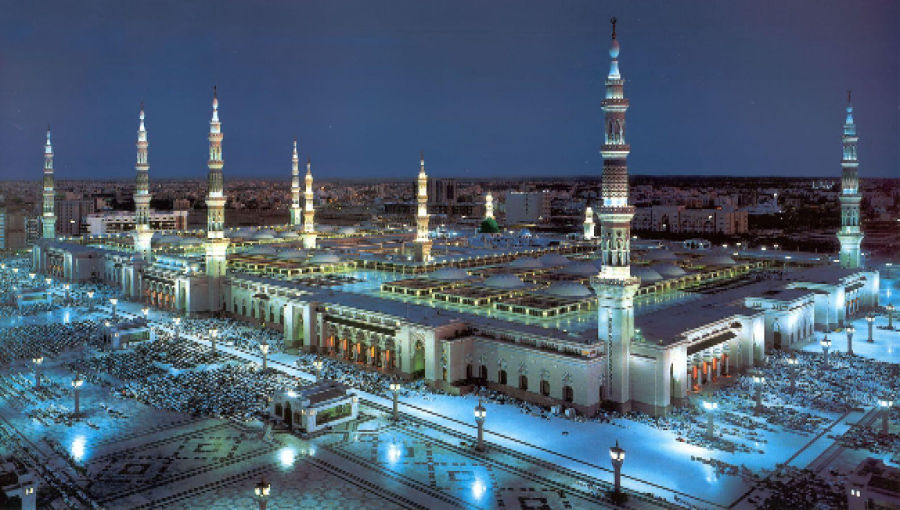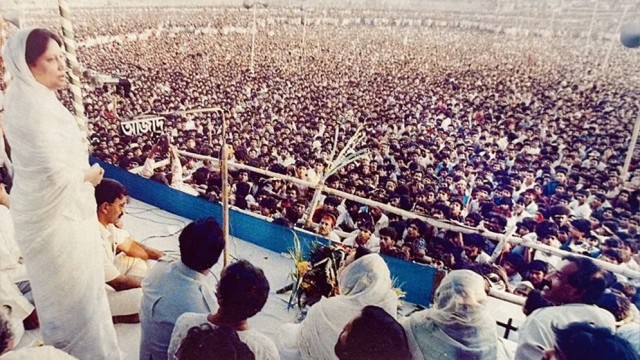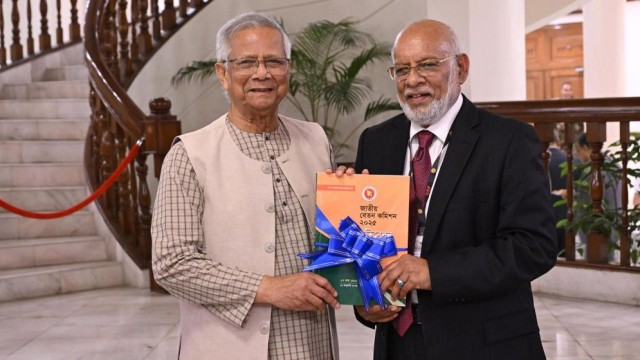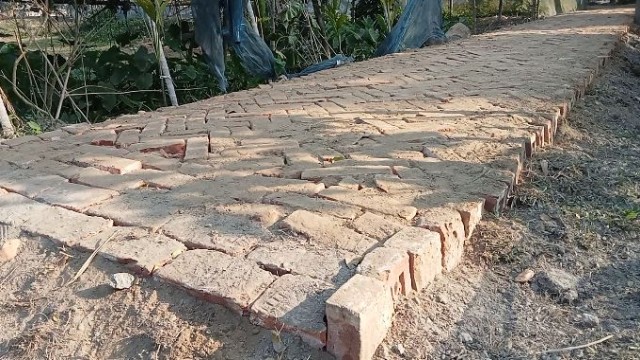Located in the heart of Madina, Saudi Arabia, Masjid al-Nabawi, or the Prophet's Mosque, stands as an iconic symbol of Islamic faith and heritage. Steeped in history and revered by millions of Muslims worldwide, this sacred mosque holds deep significance as the final resting place of Prophet Muhammad and his companions. In this historical essay, we delve into the rich history, purpose, structure, design, and profound importance of Masjid al-Nabawi to Muslim society and Islam.
History and Purpose
Masjid al-Nabawi was established by Prophet Muhammad himself in 622 CE, shortly after his migration (Hijra) from Mecca to Medina. It served as a central hub for the nascent Muslim community, functioning not only as a place of worship but also as a social, educational, and administrative center. The mosque provided a gathering place for the faithful to pray, seek knowledge, resolve disputes, and conduct important communal affairs under the guidance of the Prophet.
The purpose of Masjid al-Nabawi extends beyond religious rites; it was a beacon of unity and spiritual guidance during the formative years of Islam. The mosque symbolized the establishment of an Islamic society based on justice, compassion, and devotion to God.
Structure and Design
The original structure of Masjid al-Nabawi was simple, built from mudbrick with a palm-frond roof supported by tree trunks. Over the centuries, the mosque underwent several expansions and renovations to accommodate the growing Muslim population and to enhance its architectural grandeur.
The mosque's layout centers around a vast courtyard known as the Rawdah or Riaz ul Jannah, which is believed to be a part of Paradise. The Rawdah encompasses the Prophet's tomb, enclosed by a beautiful green dome that has become an iconic symbol of the mosque and Medina itself.
The architectural style of Masjid al-Nabawi reflects a blend of traditional Islamic elements with modern embellishments. The mosque features intricate calligraphy, geometric patterns, and floral motifs adorning its walls, pillars, and ceilings. The interior is embellished with marble, mosaic tiles, and carved woodwork, creating a serene and spiritually uplifting atmosphere for worshippers.
Builders and Renovations
The initial construction of Masjid al-Nabawi was overseen by Prophet Muhammad and his companions. Over the centuries, subsequent Islamic rulers and caliphs undertook expansions and renovations to accommodate the growing number of worshippers and to enhance the mosque's aesthetic and functional aspects.
Notable expansions include those carried out during the Rashidun Caliphate and subsequent Umayyad and Abbasid caliphates. The most significant renovation occurred during the Ottoman era when Sultan Selim II commissioned the renowned architect Sinan to enlarge and embellish the mosque. Under Sinan's direction, the mosque was expanded to its present size, incorporating distinctive Ottoman architectural features such as minarets, domes, and ornate decorations.
Importance to Muslim Society and Islam
Masjid al-Nabawi holds immense importance in Muslim society and Islam as a whole. It is considered the second holiest site in Islam after the Masjid al-Haram in Mecca. Pilgrims from around the world visit the mosque during Islamic events like Ramadan and Hajj to offer prayers and pay homage to Prophet Muhammad.

The mosque serves as a symbol of unity and spiritual enlightenment for Muslims, fostering a sense of community and brotherhood among believers. It is also a center of religious education and scholarship, with the adjacent Islamic University of Madinah attracting students from diverse backgrounds to study Islamic sciences and traditions.
Artistry of the Design
The artistry of Masjid al-Nabawi is exemplified in its intricate architectural details and decorative elements. The mosque's interior is adorned with colorful mosaic tiles, delicate calligraphy, and geometric patterns that reflect the diversity and unity of Islamic civilization.
The mihrab (prayer niche) and minbar (pulpit) are masterpieces of Islamic artistry, featuring elaborate carvings and ornamental designs. The walls and pillars are inscribed with verses from the Quran and praises of Prophet Muhammad, enhancing the spiritual ambiance of the mosque.
In conclusion, Masjid al-Nabawi stands as a testament to the enduring legacy of Islam, embodying the values of faith, unity, and devotion cherished by millions of Muslims worldwide. Its historical significance, architectural beauty, and profound spiritual atmosphere make it a cherished landmark and a source of inspiration for generations to come.































Comment: